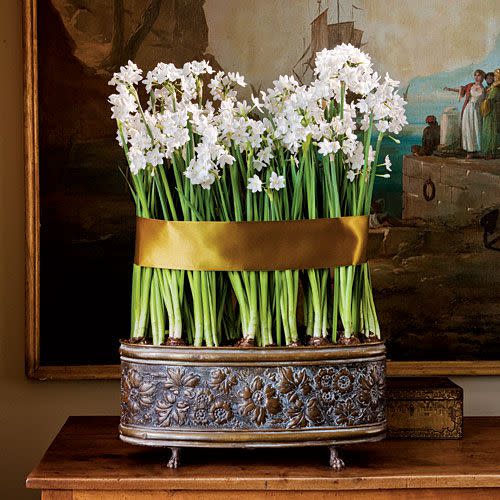The 6 Holiday Plants You Should Keep (And 4 You Should Toss)

Photo: Robbie Caponetto; Styling: Buffy Hargett Miller
Your holiday home is probably overflowing with flowering plants such as poinsettias, Christmas cacti, and paperwhites. But once they're done blooming, is it worth hanging onto them and trying to get them to rebloom next year? Sometimes! While some plants look great for years, others are finicky, require plenty of coddling, and won't reliably bloom despite your best efforts. Most of us don't have the time (or the patience!) for that.
Even if you do somehow coax a plant to flower, they often don't look as lush as when you first brought them home. But this is a no judgment zone: It's fun to experiment with plants to see if you can get a rebloom, if you like a challenge. But it's also fine to enjoy these plants for the holiday season, and then dispose of them. Then, support the growers and your local nursery by treating yourself to a new plant next holiday season. Your faded plants can do their parts in the backyard compost pile.
Here are the holiday plants you should save, as well as the ones that aren't worth your energy:
Christmas Cactus
Verdict: Keep
Christmas cactus is one of the longest-lived plants on the list and can survive for decades! Like poinsettias, Christmas cactus also needs 12 to 14 hours of uninterrupted darkness starting in September in order to form flowers. Keep it in a room where there's no nighttime light (not even streetlights) to interrupt its day/night cycle. It's generally less fussy than other short-day plants and typically will rebloom without much coaxing. To help it along, feed it with half-strength plant food monthly during its active growing season from later winter to early spring.
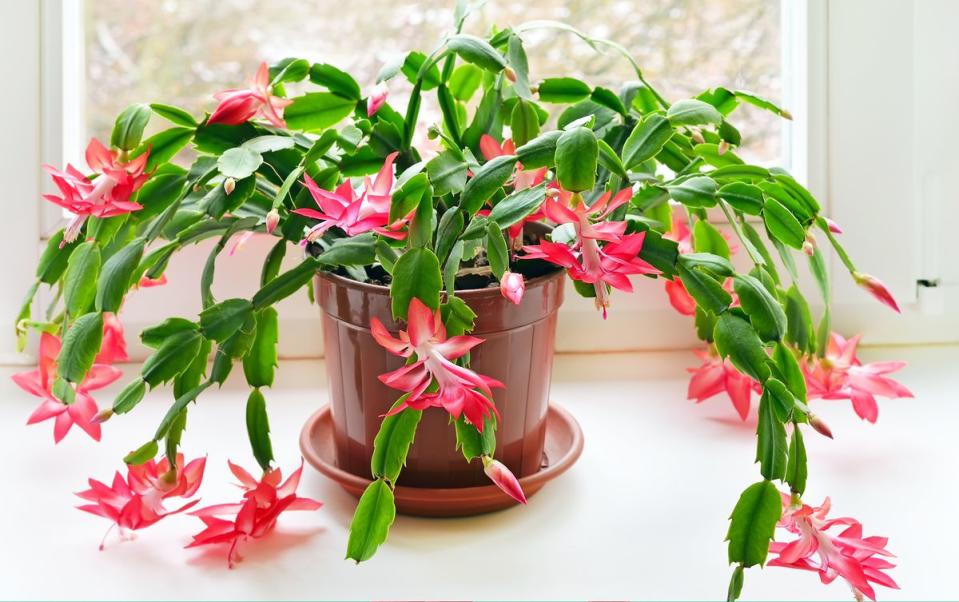
Norfolk Island Pine
Verdict: Keep
These delicate-looking pines have soft needles and are a long-lived favorite if they receive lots of bright indirect light and soil is kept lightly moist. It's a bit fussy and will drop limbs if you change its environment by moving it, forgetting to water or overwatering. If it starts to lose branches and becomes scraggly-looking, toss it because lower limbs won't grow back.
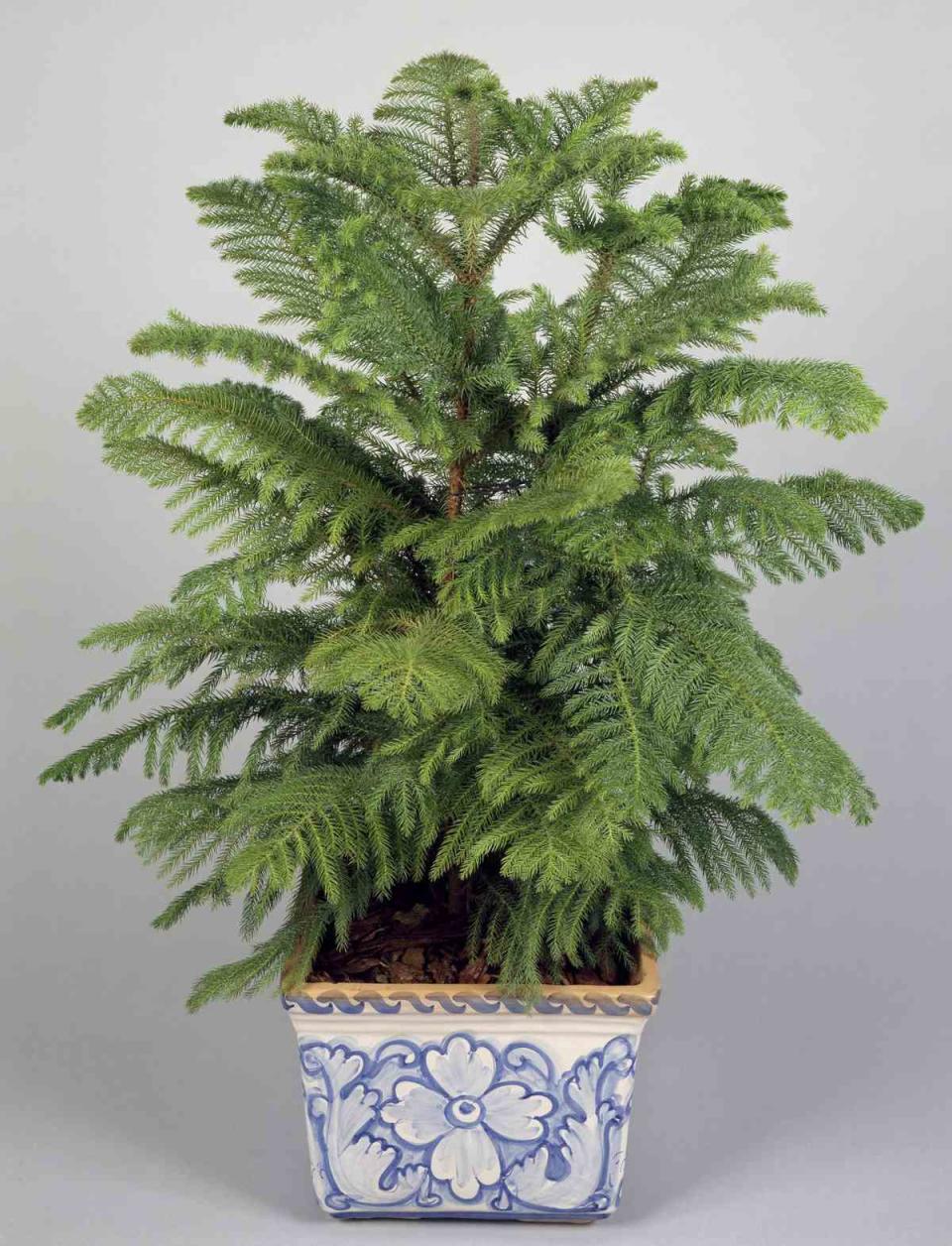
Amaryllis
Verdict: Keep
It's worth a try to save your amaryllis bulb after blooming because it's not as picky as other Christmas plants. After you remove the spent flower, leave the stalk and foliage in place. Keep it indoors in a sunny window until all danger of frost has passed. Then place it outdoors in a sunny spot, and water during dry spells. By July 4th, bring it back indoors, and place in a dark, dry spot until Halloween (no watering!). Then cut off the dead foliage, place the plant in a bright window, water once, and don't water again until greenery appears. You'll likely get blooms in a month or so.

Rosemary
Verdict: Keep
You'll often see fragrant rosemary plants sheared into topiary or Christmas tree shapes for the holidays. Give rosemary bright light in an east, west, or south-facing window, or invest in a grow light if you don't have the sufficient light; otherwise, they'll drop foliage constantly. Water when the top of the soil feels dry. Next spring, it can go outdoors for the summer, and in zones 9 or warmer (find your USDA Hardiness zone here), it's perennial.
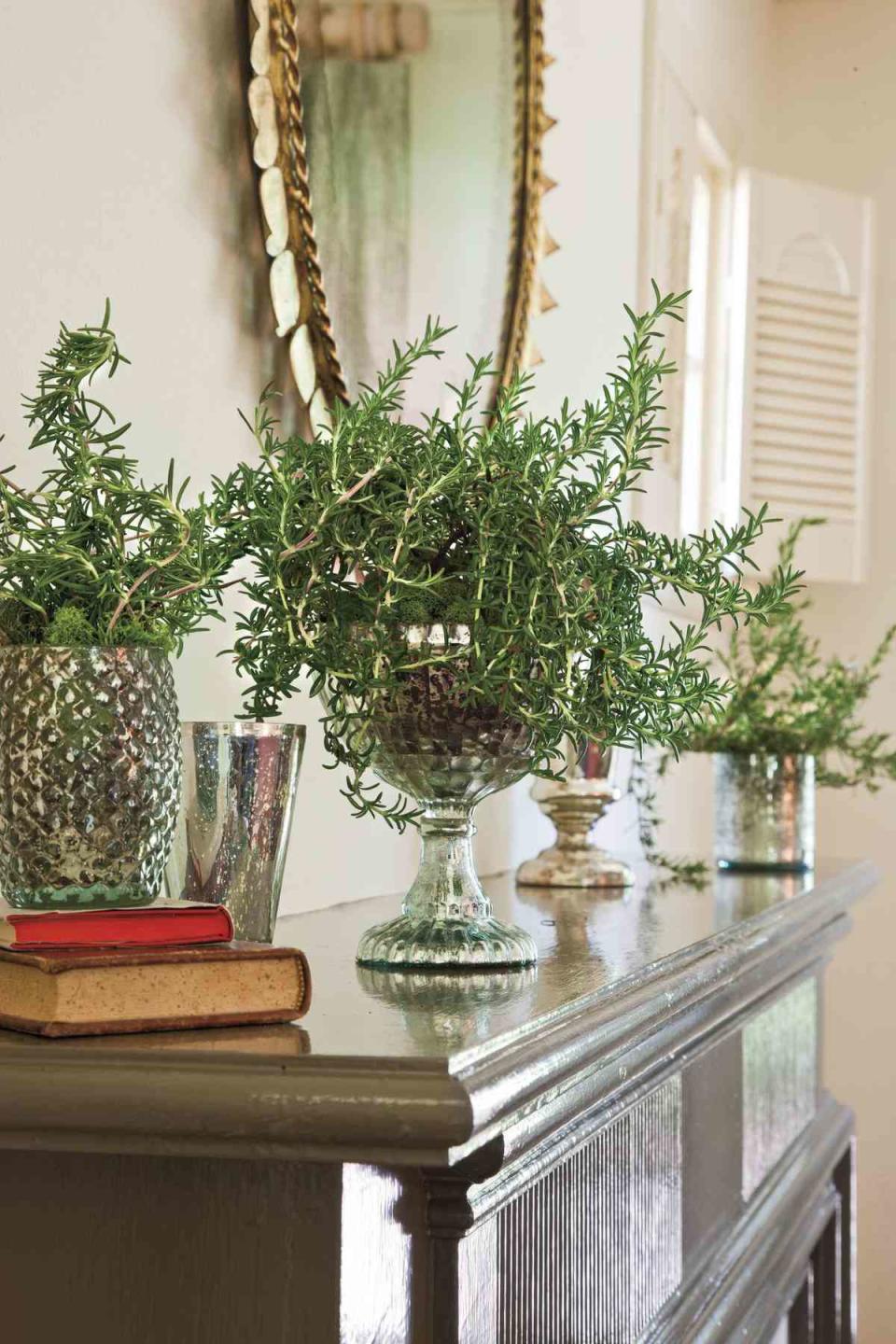
Lemon Cypress
Verdict: Keep
The citrus-y scented, lemon-colored needles make this a favorite holiday conifer. Most of the ones sold as houseplants at Christmas are dwarf varieties that don't get larger than 3 feet. Give the plant loads of bright light indoors in the winter, and keep slightly moist. Then plant outdoors in spring in USDA Hardiness zones 7 to 10.
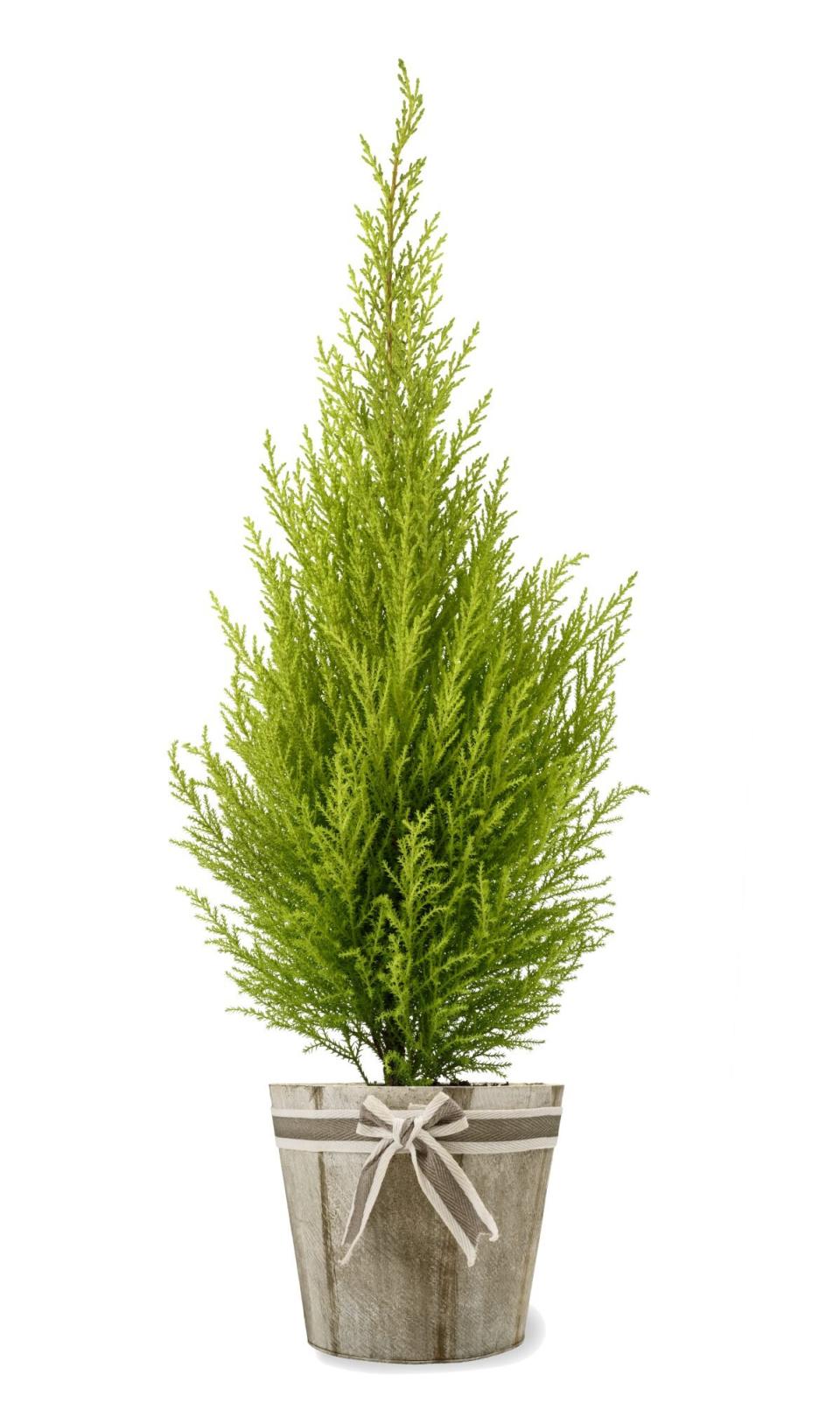
Dwarf Alberta Spruce
Verdict: Keep
This classic Christmas-tree shaped evergreen, sometimes cut in a spiral topiary shape, is often sold in containers to display on your front porch during the holidays. It's a hardy evergreen, so keep it watered all winter, then plant in the ground in spring if you're in USDA Hardiness zone 8 or colder. It may struggle in warmer regions because it doesn't like extended periods of hot weather. Most varieties reach only about 6 to 8 feet tall in ground, or it can be kept in a container for several years to control overall size.
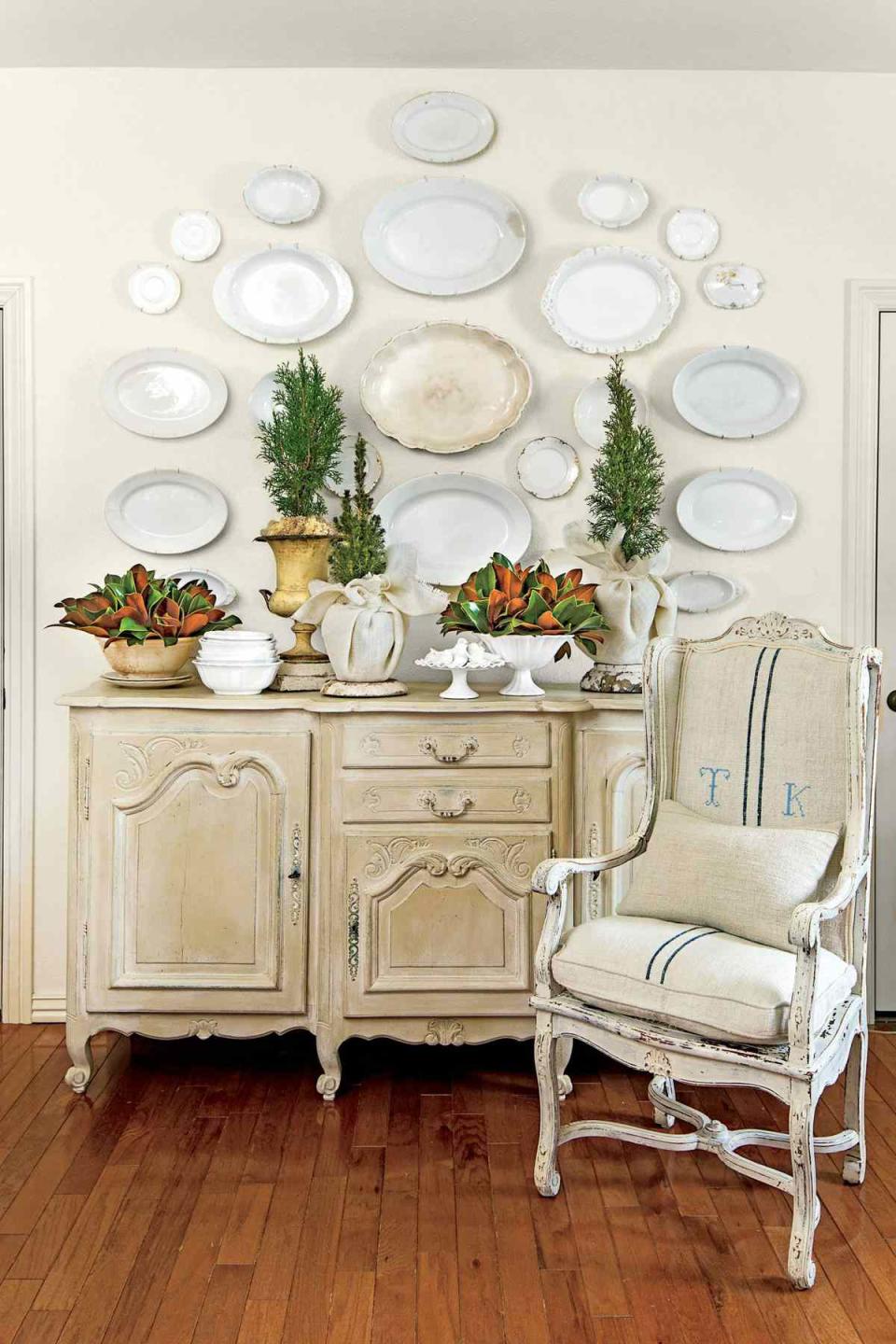
Poinsettia
Verdict: Toss
Once these plants have faded, it's difficult to get them to rebloom. It also involves a lot of work on your part. Poinsettias are known as "short-day plants," which means they need long nights and short days to initiate flowers. If you're feeling ambitious and want to keep your plant, pot it a size up in spring, cut it back by 2/3, set it outdoors after threat of frost has passed, and fertilize all summer long. At the end of September, give it bright indirect light during the day and zero light at night (you can shuttle it in and out of the closet for about 8 weeks). Then it may bloom. Or not. Honestly, you're better off saving yourself the trouble and tossing it.

Cyclamen
Verdict: Toss
Cyclamen are iffy about reblooming. However, they don't require the same babying that other holiday plants do, so it may be worth a try to encourage reblooming if you like a challenge. After the foliage dries up in spring, let the plant go dormant, clip off the foliage, and place in a cool, dark place for three months. Water occasionally so it doesn't die. In late summer, put the pot in bright light. As soon as new growth appears, resume watering and fertilizing. The blooms should appear a few months later. If not, it's time to discard.

Kalanchoe
Verdict: Toss
This succulent has a long bloom time of several weeks, but when it's done, it's time to toss it. That's because it's another short-day plant that needs the cycle of light and complete darkness at night starting in the fall in order to bloom again. They also live only a couple of years, so it's fine to toss and treat yourself to a new one next winter.
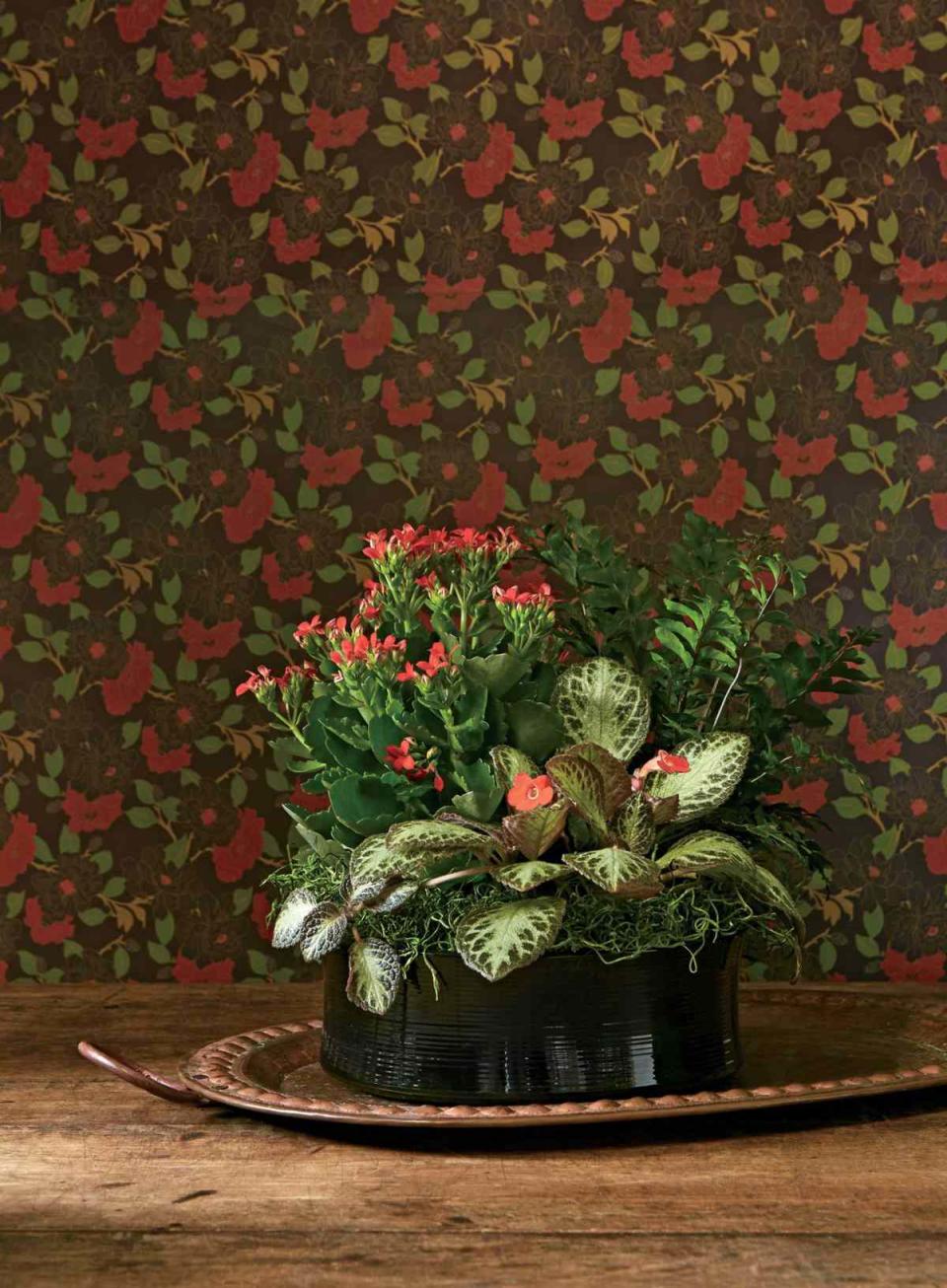
Paperwhites
Verdict: Toss
These fragrant bloomers put a lot of energy into flowering. Technically, you can plant the bulbs outdoors in spring and wait a few years to see if they eventually make enough food to flower again. But it's really not worth it because they almost never rebloom after having been forced into flower.
